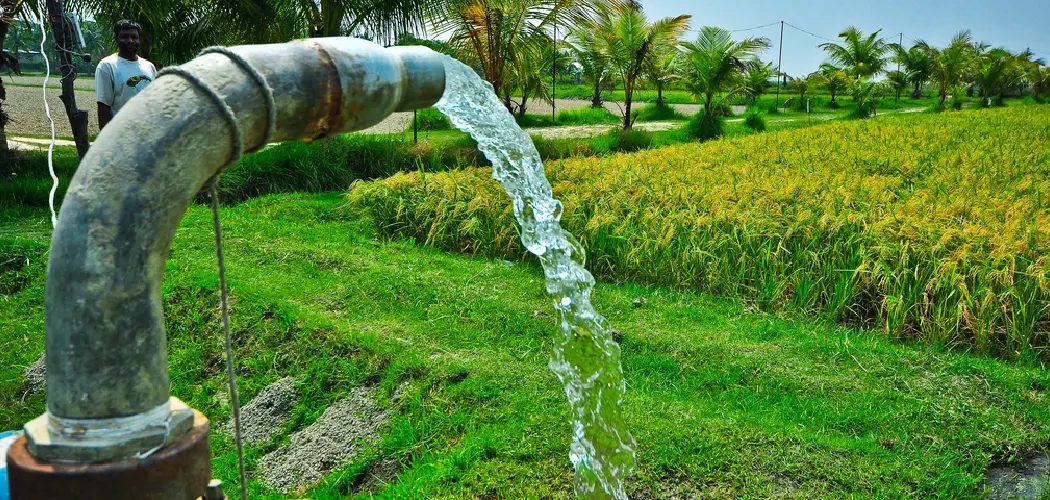Water pumps are essential components in many residential and commercial settings, but a common issue that arises is excessive noise during operation. This article aims to address the predicament of noisy water pumps, emphasizing the importance of resolving this issue to enhance comfort and prevent potential complications that might arise from underlying mechanical problems. Excessive noise can often signal issues with the pump, such as loose components or flow irregularities, which, if left unchecked, can lead to more severe damage or malfunction.
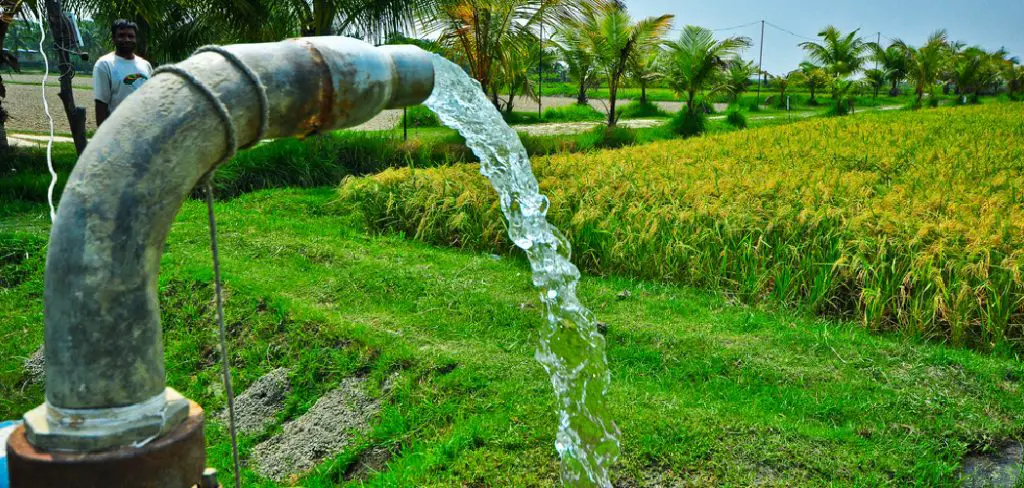
In this article, we will explore the common causes of water pump noise, including vibrations, cavitation, and wear, and provide effective solutions on how to stop water pump noise. By understanding these factors and implementing preventative measures, you can ensure your water pump operates efficiently and quietly, preserving its lifespan and peace of mind.
Common Causes of Water Pump Noise
Vibration
One of the primary causes of noise in water pumps stems from vibrations generated during operation. As the motor runs, these vibrations can transfer to the mounting surface, amplifying the sound and causing the pump to produce unwanted noise. This transference affects the pump’s performance and can disrupt surrounding structures.
Potential solutions to mitigate this issue include adjusting the mounting to ensure a solid fit or adding dampening materials that absorb vibrations and minimize sound transmission.
Cavitation
Cavitation occurs when low-pressure areas in the pump cause the formation of air bubbles, which can collapse violently and create loud popping or rattling noises. Adjusting the water flow and inspecting and clearing any blockages in the intake or discharge pipes are crucial to alleviating cavitation.
Loose Components
Loose parts within the pump, such as bolts, nuts, or seals, can result in disruptive rattling or banging noises during operation. Regular inspections are essential to identify such issues early. Potential solutions include tightening any loose components or replacing worn-out seals to restore quiet and efficient functioning.
How to Stop Water Pump Noise: Diagnosing the Source of the Noise
Step 1: Identify the Type of Noise
To diagnose the noise, listen attentively to determine the specific type of sound your water pump is producing. It could manifest as a vibration, rattle, hum, or whining noise. Each type of noise may point to distinct underlying issues; for instance, a hum might suggest electrical problems, while a rattle could indicate loose components. Identifying the type of noise is crucial for narrowing down the potential causes, allowing for more targeted troubleshooting and effective remediation.
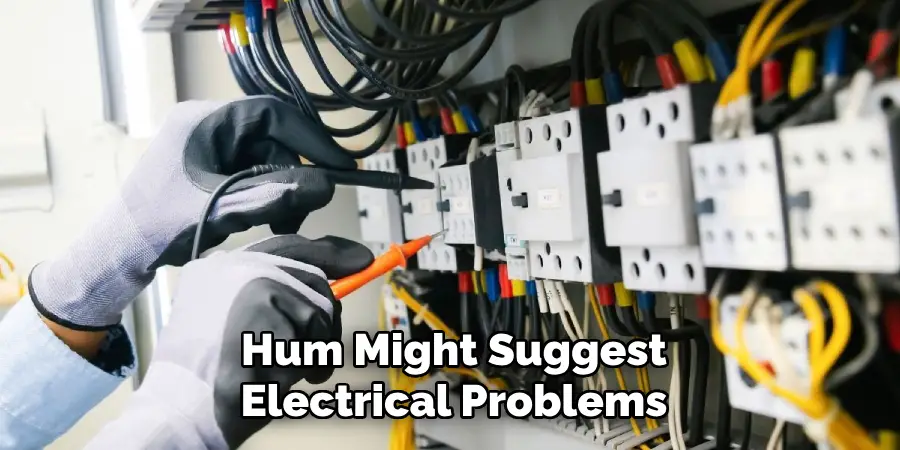
Step 2: Inspect the Pump and Surroundings
Next, visually inspect the water pump and its surrounding area. Look for any loose components, worn parts, or obstructions contributing to the noise. Pay attention to the pump’s mounting to ensure it is secure and less prone to vibrations.
Additionally, check the area around the pump for items that might amplify the noise, such as metal surfaces or resonant structures. A thorough examination aids in tracing the noise source, enabling you to address the issue at its root rather than merely masking it temporarily.
How to Stop Water Pump Noise: Solutions for Reducing Water Pump Noise
Solution 1: Install Vibration Dampeners
- How to Do It: To mitigate vibrations that contribute to noise, install rubber or foam pads underneath the pump. These materials effectively absorb vibrations and prevent them from being transferred to the surrounding structure.
- Why It Works: By isolating the pump from the mounting surface, vibration dampeners significantly reduce the noise produced during operation, providing a more peaceful environment.
Solution 2: Tighten Loose Components
- How to Do It: Begin by checking all bolts, nuts, and screws on the pump. Tighten any loose components and inspect seals and gaskets for signs of wear, replacing them when necessary.
- Why It Works: Ensuring that all components are secure allows the pump to operate smoothly, eliminating rattling or banging noises that can disrupt your peace.
Solution 3: Adjust the Water Flow
- How to Do It: If you suspect cavitation as a noise source, adjust the water flow to ensure the pump is neither running dry nor overworked. Additionally, clean any blockages in the intake or discharge pipes that may be affecting flow.
- Why It Works: By reducing cavitation, you can minimize the popping or rattling sounds caused by collapsing air bubbles, leading to a quieter operation.
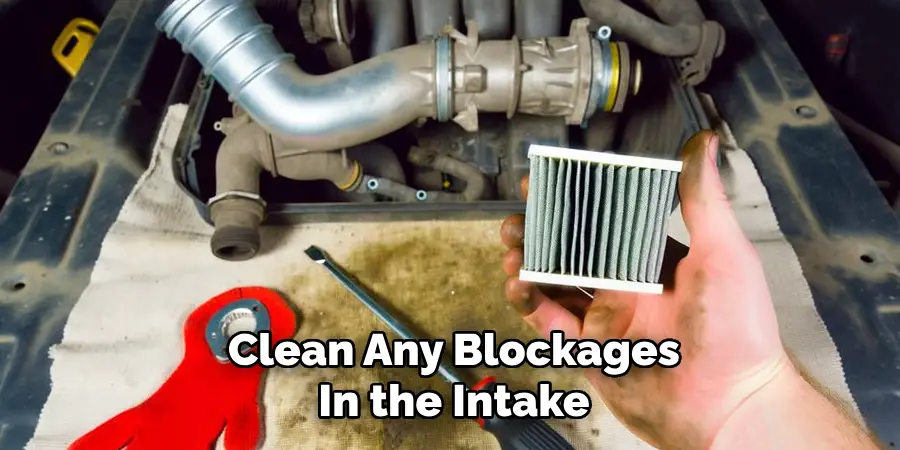
Solution 4: Add Insulation
- How to Do It: Insulate the pipes connected to the pump with sound-dampening materials to reduce noise transmission. If the pump is located in a residential area, consider constructing a soundproofing box around it to further contain the noise.
- Why It Works: Insulation effectively dampens sound waves, preventing noise from traveling through pipes or walls, thus enhancing the overall tranquillity of your space.
Implementing these solutions helps address immediate noise issues and promotes the long-term efficiency and reliability of your water pump, ensuring that it operates quietly for years to come.
Preventative Maintenance to Avoid Future Noise Issues
Regular Inspections and Servicing
- How to Do It: Schedule regular inspections and maintenance for the water pump to check for wear and tear, loose parts, and other issues. Depending on usage, this could involve professional servicing at least once a year or bi-annually.
- Why It’s Important: Regular maintenance helps catch potential problems early, prevent noise, and extend the pump’s lifespan. By addressing minor issues before they escalate, you can ensure smoother operation and reduce the chances of unexpected breakdowns.
Keep the Area Clean and Clear
- How to Do It: Ensure the area around the pump is free of debris and the pump itself is clean. This includes clearing dust and dirt around the motor and ensuring that no items are obstructing airflow or causing vibrations.
- Why It’s Important: A clean and clear environment prevents additional stress on the pump, reducing noise and improving performance. Minimizing obstructions ensures that the pump operates efficiently, correlating maintenance efforts with prolonged longevity and quieter operation.
Advanced Solutions for Persistent Noise
Solution 1: Install a Pressure Tank
- How to Do It: Install a pressure tank in the setup to regulate water flow and minimise the frequency of pump cycling. This tank holds a reserve of water under pressure, allowing the pump to run less frequently while delivering a steady flow of water.
- Why It Works: By reducing the number of times the pump has to switch on and off, a pressure tank alleviates stress on the system, significantly reducing operational noise and prolonging the life of the pump.
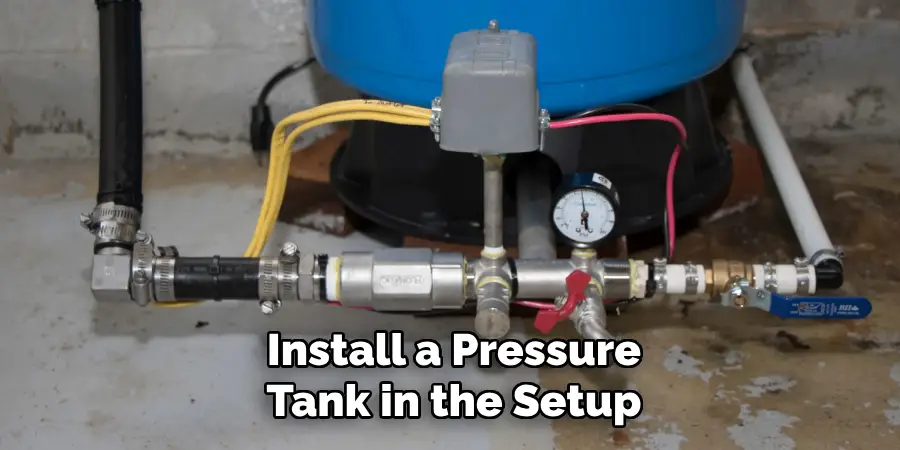
Solution 2: Replace or Upgrade the Pump
- How to Do It: If persistent noise issues continue despite troubleshooting and maintenance, consider replacing the existing pump with a newer model designed for quieter operation. Be sure to choose an option suitable for your specific needs and water demands.
- Why It Works: Modern pumps often incorporate advanced technology and materials that lessen noise levels during operation. Upgrading to a quieter model can drastically improve your water system’s sound profile.
Solution 3: Install a Variable Speed Pump
- How to Do It: Replace your current pump with a variable-speed pump that can adjust its operational speed according to real-time water demand. This installation requires proper setup and integration with your existing plumbing system.
- Why It Works: Variable speed pumps operate more quietly than traditional single-speed pumps by avoiding unnecessary full-speed runs, resulting in lower energy consumption and reduced noise, which enhances overall efficiency and comfort.
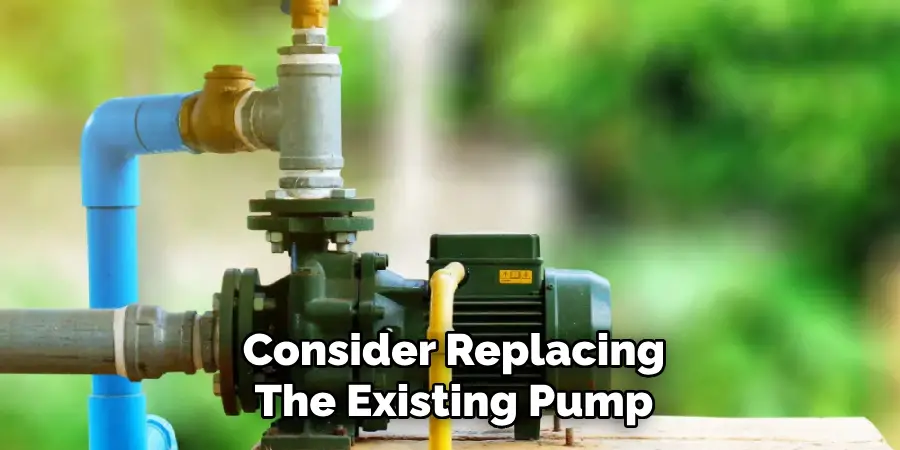
When to Call a Professional
Persistent Noise Despite DIY Solutions
If the noise persists despite your efforts to implement the suggested solutions, it is advisable to call a professional. An ongoing noise issue may indicate underlying problems within the pump or the overall system that require expert diagnosis. A qualified technician can assess the situation, identify faulty components, and provide tailored repairs that are beyond the scope of typical DIY interventions. Addressing these issues promptly can prevent further damage and maintain efficient operation.
Complex Installations or Upgrades
Hiring a professional is highly recommended when contemplating the installation of advanced solutions such as a pressure tank or a variable speed pump. Proper installation is critical to ensure that all components work seamlessly together and prevent potential complications. Professionals have the expertise to assess your specific requirements, select the appropriate equipment, and execute the installation precisely, ultimately safeguarding your investment and enhancing system performance.
Conclusion
In summary, there are several effective methods for reducing water pump noise, ranging from simple DIY fixes, such as adjusting water flow and adding insulation, to more advanced solutions, like installing a pressure tank or upgrading to a variable speed pump. Regular maintenance is crucial, as it not only helps prevent noise issues but also extends the life of your water pump.
By routinely inspecting and servicing the pump, you can catch potential problems early on and ensure it operates smoothly. We encourage readers to take timely action on how to stop water pump noise, as ignoring it could result in more significant complications and repairs in the future. Addressing noise issues promptly will contribute to a quieter and more efficient water system.

